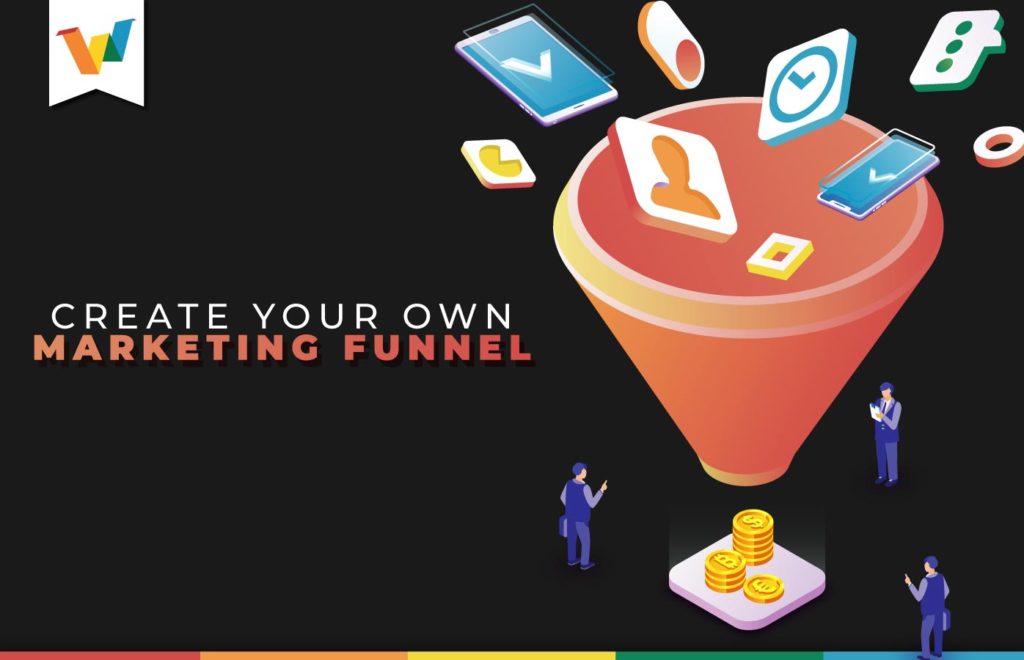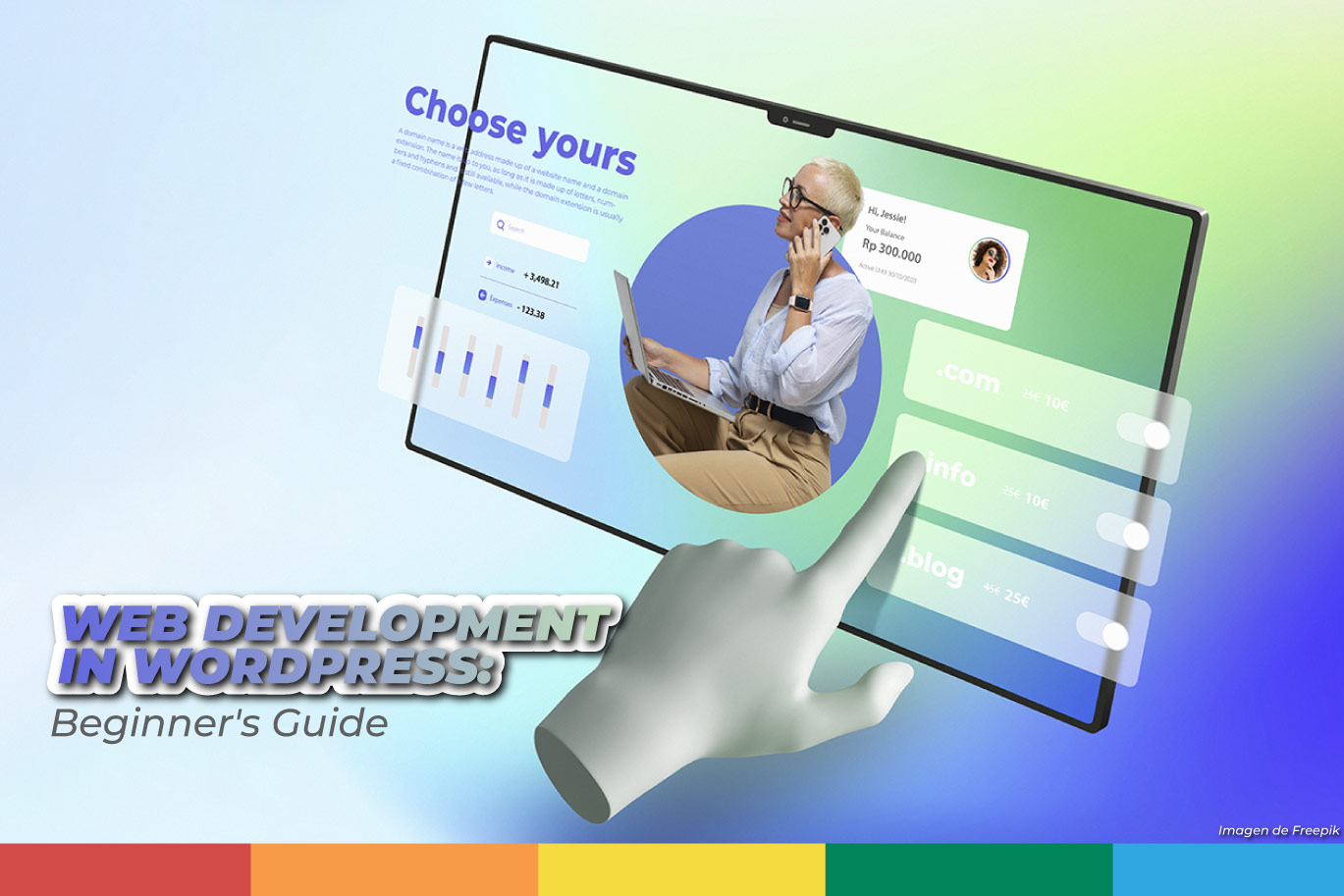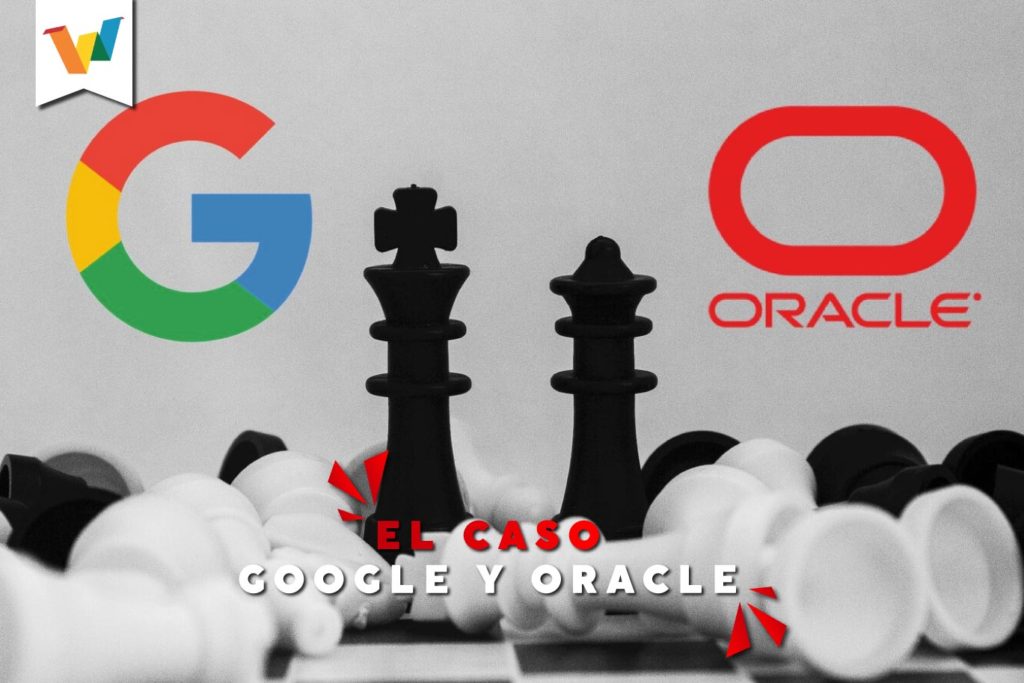Today we bring you an interesting topic and whatever you do, it all comes down to converting a potential customer into a customer when closing a sale. But not all of us have identified the steps that a user goes through before converting.
That’s why today we are going to dedicate this publication to the marketing funnel, what it is and how to identify yours.
What is a marketing funnel?
When we talk about a marketing funnel, we refer to all the steps that a user must take to achieve the desired conversion within your website, be it a purchase, a registration, or lead generation.
All companies, large or small, have one goal, to get customers. Regardless of how complex your products or services may be, one of the main goals is that the majority of users who generate traffic on the web, end up being interested in what we offer and make a conversion.
Now let’s see what the phases of this marketing funnel are. As its name indicates, the funnel is graphed in the shape of a cone, visitors go at the top and broader, and in the middle, all those people who show interest, or they are in the consideration stage to finally move on to the last section or sales stage. We are going to see each step in more detail.
- 1st stage – VISITORS: in this first phase of the funnel are all those marketing actions that you can do and that attract traffic to your website. These strategies can be very diverse and vary according to the nature of your business, budget, and especially your marketing plan. But by this, we are referring to SEO, SEM, Email marketing, and social media. This is the ideal time for new users who visit your website to learn about your products, services, and value proposition.
- 2nd stage – CONSIDERATION PHASE: Once we have captured the interest of users it is normal for these potential customers to compare our products or services with those of the competition. For this reason, it is considered one of the most important stages of the funnel. Since this is where you should try to nurture them, make clear your value proposition and the benefits of choosing you to encourage them to advance to the next phase. How do we do this? A successful way to achieve this is by creating a form to capture the information of your potential clients and use them to send personalized information. In this way, you can get closer to them, offer relevant information, and attract them again to complete the process.
- 3rd stage – SALES PHASE: This is the last phase, where if your product or service meets the expectations of your client, this will show us their interest and will produce a conversion. But you must be clear that this should not end here to You as a brand, the work continues, and this is your opportunity to retain these customers. Your steps must be focused on fully satisfying your client since you can not only win him but also his closest circle think about what benefits you can offer to earn their recognition and loyalty.
I hope this article has been useful, so if you liked it, don’t forget to share it with your friends.








